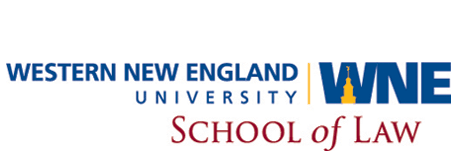Document Type
Article
Publication Date
2006
Abstract
A number of developments have firmly established the role of clinics in legal education, allowing law school clinicians greater latitude in designing programs consistent with law school curricular values and priorities. Consequently, current law school clinical offerings are comprised of richly varied structures and goals. A myriad of goals fall under the general rubric of clinical legal education. Among the most widely cited goals are providing practical skills training in a real world context, instilling a public interest ethos in students, advancing social justice, encouraging the critique of the law and legal institutions, inculcating high standards of ethics and professionalism and imparting the habit of self-reflective lawyering.
While the ability of law schools to promote a social justice mission through their clinical programming is well documented, balancing the competing goals of providing skills training and furthering a social justice agenda within the confines of one particular clinic construct is less studied. This Article considers one clinician’s efforts to evaluate and reconcile the tension between these goals. In order to create a collective body of knowledge about pursuing social justice goals within clinical pedagogy, clinicians are exhorted to document and disseminate their experiences.
During the time the Author evaluated the civil clinic, Western New England College School of Law (WNEC), which is the only law school in Western Massachusetts, employed two full-time clinicians and offered five clinics, one practicum and an externship program. The Anti-Discrimination Clinic, the only civil clinic supervised by a full-time clinician, operated as a hybrid model. Under the Author's supervision, students served as Volunteer Commission Counsel to the Massachusetts Commission Against Discrimination (MCAD), the state administrative agency charged with enforcing the state’s discrimination laws.
This Article critically reflects on the Anti-Discrimination Clinic’s ability to provide an optimum balance between skills training and a social justice mission, and illustrates the challenges of satisfying a social justice mission in a clinic operating within the limitations of administrative agency practice.
This Article is comprised of four parts. Part I briefly explores the evolution of clinical education, with particular emphasis on synthesizing skills training and social justice issues, and describes some recent developments underscoring the urgency of developing a comprehensive plan to address social justice issues. Part II briefly surveys a few relevant developments in contemporary progressive lawyering theories that provide a context for a critique of the Anti-Discrimination Clinic. Part III describes the Anti-Discrimination Clinic, and examines how the clinic balanced the demands of current clinical pedagogy, including providing training in practical skills, ethics and professionalism, against the law school’s social justice mission, which was premised in part on the progressive lawyering theories discussed in Part II. This evaluation considers the context of the law school’s overall clinical programming. The Article concludes that while WNEC’s Anti-Discrimination Clinic presented some valuable teaching opportunities, operating within the framework of this particular state agency hampered the realization of critically important pedagogical and social justice goals. Prominent among these unrealized goals was the law school’s failure to ameliorate the vast landscape of unmet legal needs confronting indigent clients. Also particularly troubling was the clinic’s subordination of the individual complainant’s goals and interests to the vaguely defined “public interest” goals of the state agency, which modeled habits in direct conflict with client empowerment strategies. The analysis of this clinic’s efficacy in advancing social justice goals may be useful in guiding other clinicians who are contemplating clinic design with an administrative agency. Part IV briefly describes an unsuccessful attempt to remedy these shortcomings.
Recommended Citation
16 S. Cal. Rev. L. & Soc. Just. 23 (2006)
